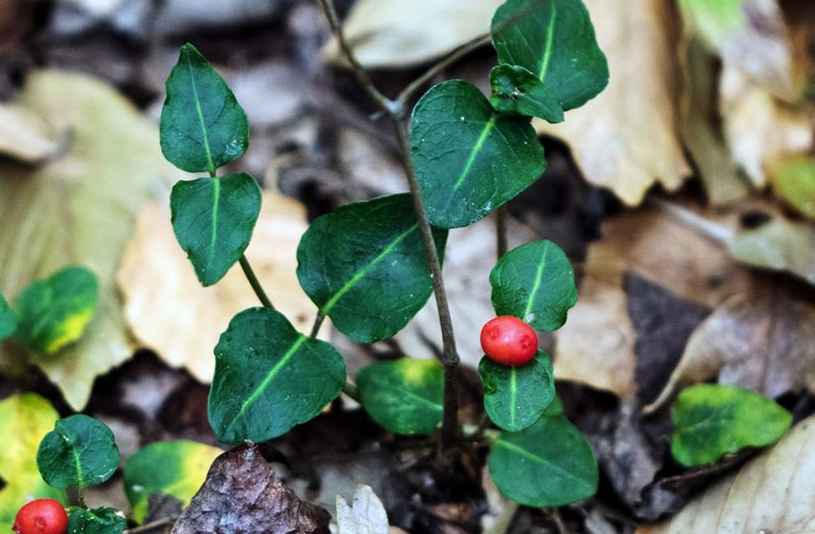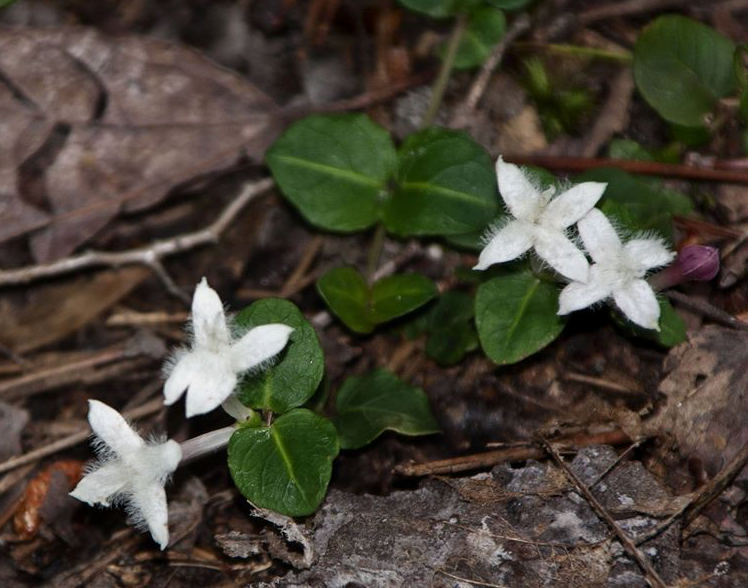Native Plants for winter interest
Published 8:53 am Thursday, February 8, 2018
It’s still cold in the woods, so February is the perfect time to take a leisurely stroll through your home garden to see how it looks when most things are “dead.” Obviously not everything is dead, but there is the problem of what my family members refer to as naked trees. Both the woods and the home garden can look so stark and, well, naked. Grab a warm jacket and a cup of tea and wander around your garden and think about how you might incorporate more native plants into your current landscaping scheme. How does it look? Bleak? Still interesting? Are there ways that you can add some of the things you love about Mother Nature’s garden into your home space?
Yes, there are lots of plants, big and small, that can help you bring nature home. February is a good month for planning how to do it. If you want to add low growing or creeping plants, you might want to consider spotted wintergreen (Chimaphila maculata), rattlesnake plantain (Goodyera pubescens) and partridgeberry (Mitchella repens). All three of these plants are evergreen, have attractive blooms and interesting berries or seed pods.
Spotted wintergreen has dark green leaves with a cream-colored strip in the center. In early to mid-summer, it has clusters of small, waxy, down turned white flowers that are fragrant. By late summer, the flowers have been replaced by seedpods. It’s a well-behaved plant that will multiply but not take over your garden. Spotted wintergreen grows best in relatively dry sandy soil and needs shade. It’s quite happy growing between large azaleas in my woodland garden, but would be equally happy in a shady mixed perennial border, especially near the front or nestled under a large shrub.
Rattlesnake plantain is one of our native orchids. It gets its name from the distinctive, mottled markings on the leaves, which grow in a basal rosette and are bluish green, with white veins. It’s quite beautiful. In late June, rattlesnake plantain produces a wooly spike covered with small orchid-shaped white flowers. It grows best in loamy soil with an average amount of moisture.
Partridgeberry is a very well behaved creeping plant with leathery, roundish leaves. It hugs the ground and grows very slowly; it’s usually only 1 to 2 inches tall. In mid spring, it produces pairs of fuzzy white tubular blooms that are fragrant. A single scarlet berry with two small dimples follows each pair of blooms. Sometimes the berries remain on the plant all winter. Partridgeberry grows best in shady locations with rich soil and adequate moisture. It’s sensitive to drought and hates being disturbed, so don’t try to move it once it’s settled. Since this plant roots where stems come in contact with soil, it can be propagated by cutting pieces of stems and planting them in moist soil.
If your garden looks great or you just don’t need any more plants, then now is a great time to take a short hike and look for these plants. They’re easy to find at Twin Lakes State Park, as well as Holliday Lake and Bear Creek Lake State Parks. Look for the foliage now, note the location of the plants, and then go back this summer to see the blooms. The woods really aren’t naked now; there’s plenty to see. You just have to slow down and pay attention. Consider your walk a form of meditation.
CYNTHIA WOOD is a master gardener who writes for The Herald. Her email address is cynthia.crewe23930@gmail.com.




